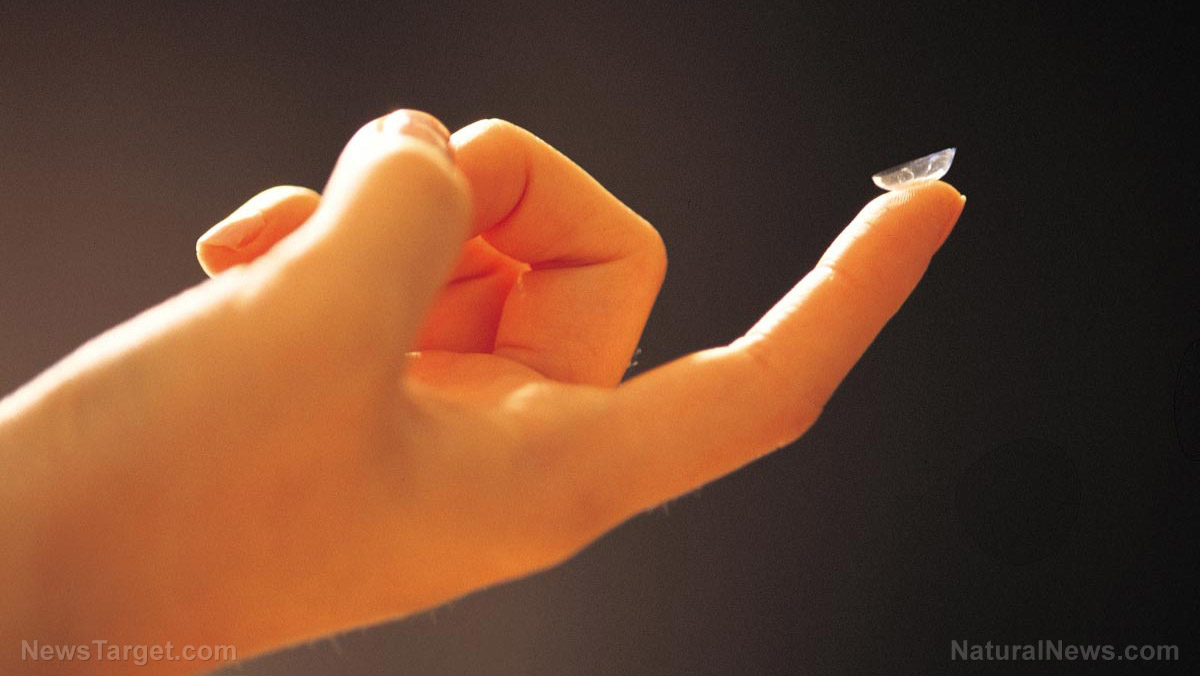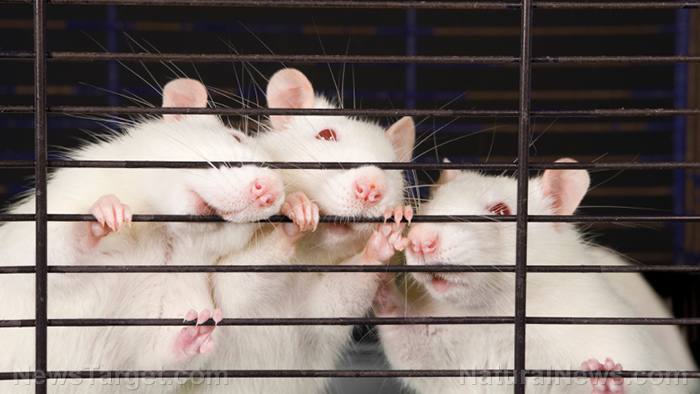
Advertisement
In the near future, contact lens might become self-powered wearable tools that can diagnose your health based on your tears. That is because U.K. researchers have found a way to print nanostructure “holograms” on their surface that turns the lenses into “smart” electronics, an article from Nano Werks states.
Human tears contain biomarkers that provide data on eye diseases and disorders. Smart contact lenses that can analyze these biomarkers can serve as a cheaper, faster, and less intrusive alternative to taking blood samples for chemical analysis.
Koreans scientists recently demonstrated a contact lens sensor that is able to diagnose glaucoma in its wearer. A different version is designed to detect serum glucose, allowing diabetics to keep an eye on the amount of sugar in their blood without having to prick their fingers for blood glucose tests.
And then there is the new design from researchers at the University of Birmingham (UB). They have come up with a method to add optical nanostructures to contact lenses. The method gives new functions to a contact lens by adding nanotextures. (Related: FDA approves first-ever light-adaptive contact lenses.)
Black dye helps holographic lasers create nanostructures on hydrogel surfaces
Study author Dr. Haider Butt explained that it was quite the challenge to add nanoscale features to commercial contact lenses in order to turn them into low-cost biosensors. The UB senior lecturer added that his team’s new method uses lasers to print holograms onto the surface of a contact lens.

The printing process is simple and requires just a single step. It is also inexpensive and can be performed outside the sterile confines of a clean room. Applicable on any off-the-shelf contact lens, it allows the production of wearable holograms.
Dr. Butt said that nanostructures have already been integrated within hydrogels to give them light-converting properties. However, these nanofabrication processes take up a lot of time and are very expensive.
Other methods are incompatible with every silicon-hydrogel contact lenses on the market because they go through too many steps.
With these challenges in mind, Butt’s team developed a means of adding nanostructures onto a soft, fragile, and thin surface of a hydrogel lens. Their new ablation technique applies a black dye on the contact lens. This dye helps holographic laser beams interact with the lens material.
“With our method, we can rapidly create low-cost optical nanostructures by direct laser interference patterning (DLIP) in holographic Denisyuk reflection mode to create ablative interference fringes on the contact lens surfaces,” Butt said. “The holographic DLIP system enables us to produce different types of nanopatterns on the soft and fragile surfaces of the lens.”
Silicon-hydrogen is not a pure solid at room humidity conditions. But thanks to the dye, the material could take up to three laser pulses without sustaining serious damage.
The optical nanostructures were added to the boundary of the contact lens so that they did not block or interfere with the sight of the wearer. These nanopatterns can be shaped in various ways.
Hologram sensors on contact lenses can detect various eye diseases and disorders
The main purpose of the new nanotextured contact lenses would be to detect and observe eye disorders such as dry eyes and glaucoma. The hologram sensors can analyze the biomarkers present in tears for the state of various ocular and bodily processes.
The UB team is also designing holograms that can monitor eye pressure in glaucoma patients.
The holographic contact lens has plenty of room for improvement. The current nanopatterns are 2D and project a scintillating hologram effect. Butt and his team of researchers want to create 3D nanostructures with greater capabilities.
Learn about more technological breakthroughs with medical applications at Inventions.news.
Sources include:
Submit a correction >>
This article may contain statements that reflect the opinion of the author
Advertisement
Advertisements















